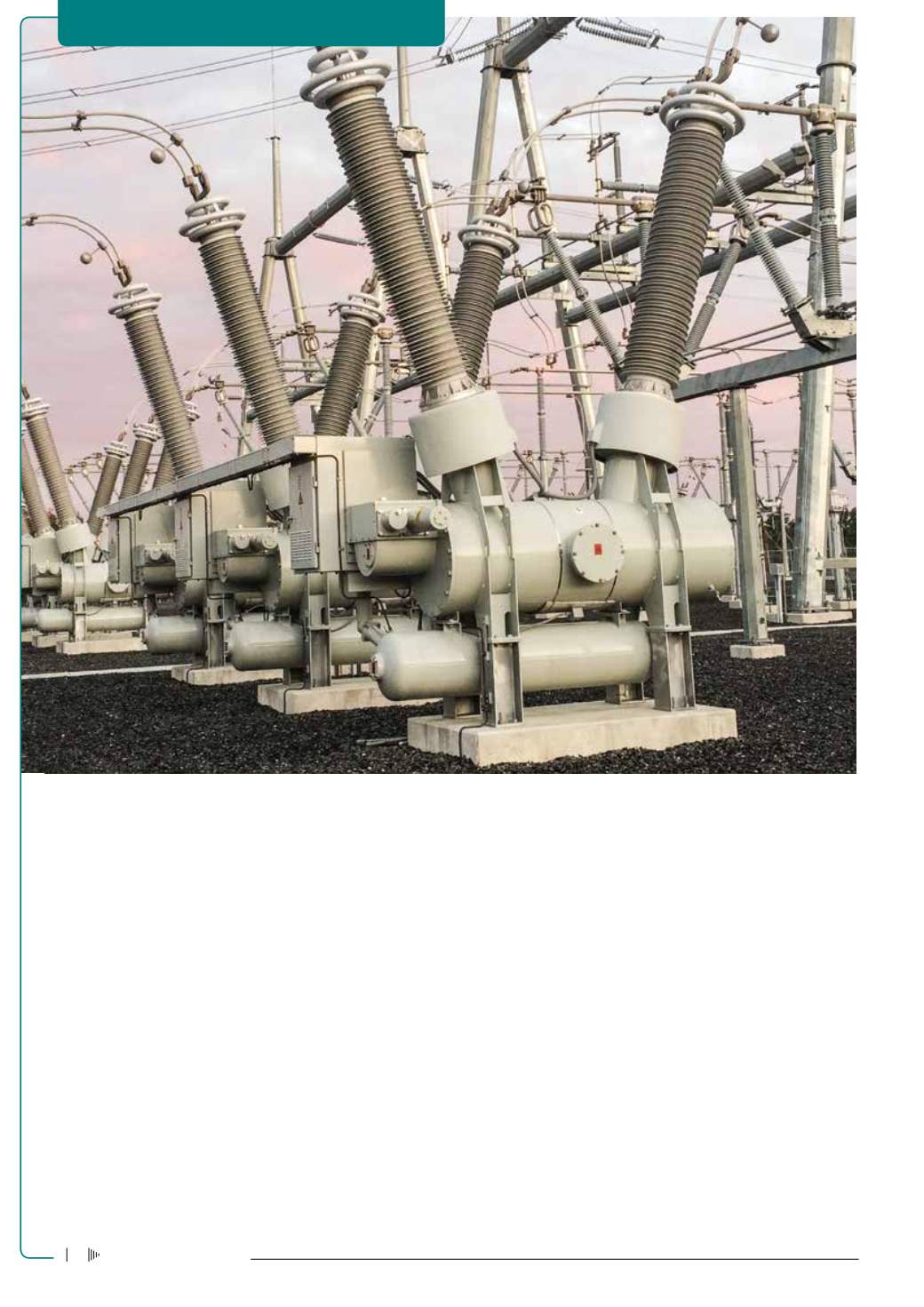

By K Mahoney, Casco Systems, LLC
CONTROL SYSTEMS + AUTOMATION
IEC-61850:
Promise and pitfalls
A
communication protocol defines a common language used
to exchange information. If you can envision trying to speak
Spanish while visiting Japan, you can understand how critical
selecting the right protocol for a given task is to your ultimate suc-
cess. Pick the wrong protocol and you cannot communicate at all,
select a protocol with limited functionality and you may be able to
get some, but not all, of the information you want. Selecting the right
protocol, with the right mix of features and functions, will enable the
exchange of all desired data and ultimately decide the success of any
substation automation project.
The electric utility industry has a long history of applying many dif-
ferent protocols, however; these protocols have historically been
proprietary, limited in functionality and difficult to replicate across
manufacturers. Using multiple protocols in one location or project
adds cost and presents a number of problems that the IEC-61850 [1]
standard seeks to address. As you can imagine that while two na-
tive Spanish speakers can hold a conversation quite easily they will
struggle to communicate with a Japanese speaking colleague. The
IEC-61850 [1] protocol holds forth the promise of being the universal
lingua franca of the electric substation and perhaps across the entire
Whereas control systems have long been a part of our industry, relying on complex measurement and information systems, only within the
past few decades have robust standards been developed to transfer some features into the national grid. This takes automation of the network
to a new, smart level. The IEC-61850 [1] standard promises a future of standard data models, automatic device configuration, lower costs and
increased functionality. But the question remains, does it deliver?
345 kV Circuit
Breakers at one
of the bulk power
substations for
which Casco
Systems designed
a new IEC-61850
system.
Electricity+Control
July ‘15
4

















